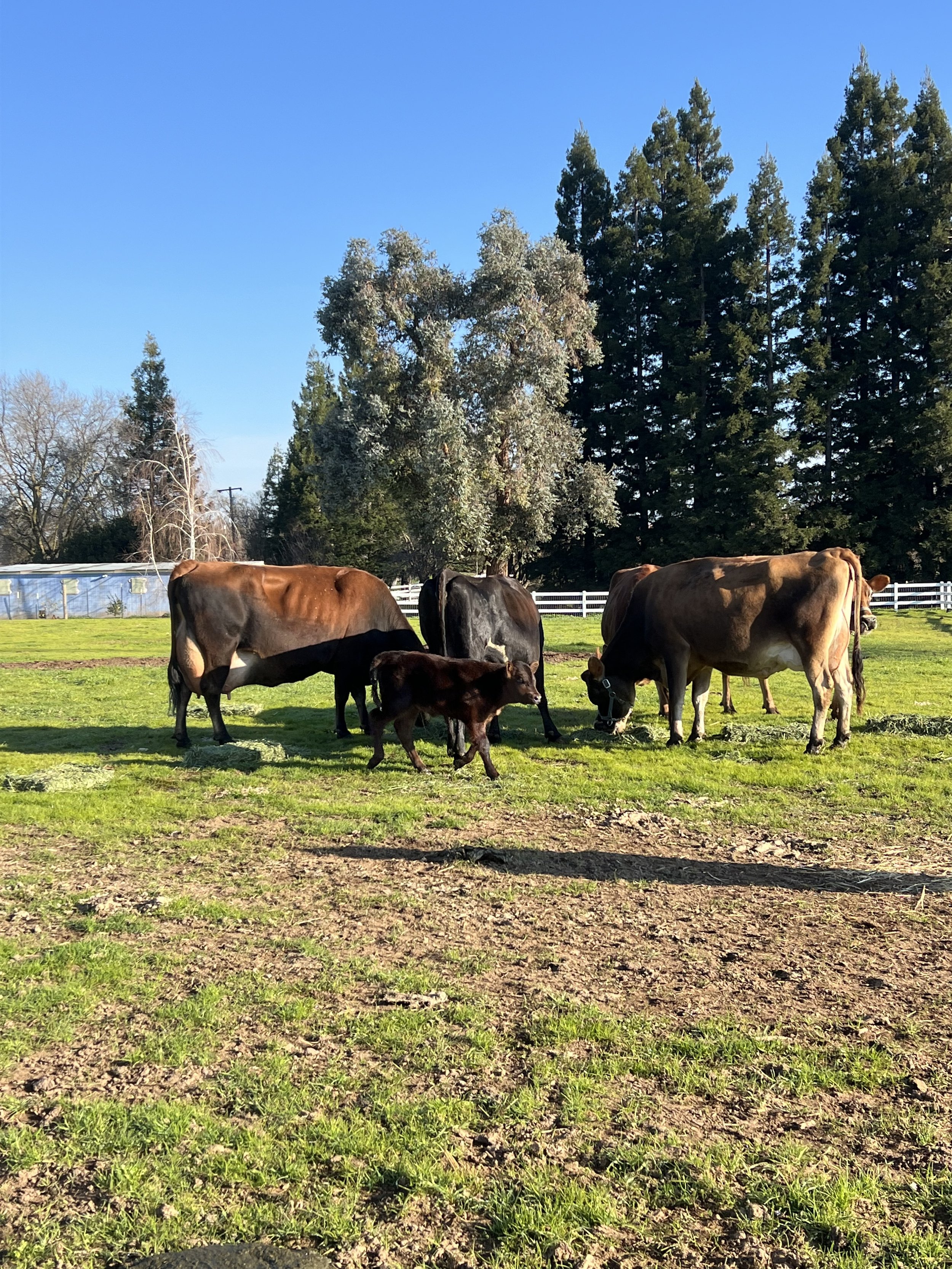why do we strive for grass fed milk
The nutritional aspect-
Grass-fed milk is a good option for those looking to improve their omega-3 intake because it has higher levels than you’d find in regular or conventional milk. Grass-fed dairy is also high in CLA, short for conjugated linoleic acid. It is a heavily studied, polyunsaturated Omega-6 fatty acid that aids in a wide range of functions. Additionally, grass-fed milk has a better omega-6 to omega-3 ratio, which is crucial since research suggests a higher ratio of omega-6 can contribute to chronic inflammation linked to conditions like autoimmune diseases, allergies, asthma, and obesity. Research explains that obesity is a complex disease associated with an increase in several inflammatory markers, leading to chronic low-grade inflammation.
Among CLA's many potential benefits: it raises metabolic rate, helps remove abdominal fat, boosts muscle growth, reduces resistance to insulin, strengthens the immune system, and lowers food allergy reactions. As an added bonus, grass-fed raw milk has 3-5 times the amount found in the milk from feedlot cows!
Cows were not designed to eat grains. Though these will make up a large part of their diet, it’s not the whole story. Dairy farms rely on nutritionists to dictate the protein/carb/fat ratio they feed their cattle, but from there, it isn’t specified how to meet those goals. We know in our own health, all calories are not equal. A sprinkled donut does not equal a veggie omelette, even if they match up in the numbers. The same principle applies in regards to a cow’s health. A cow can live on a diet of all grass, or it can be fed a mix of hay, grain, corn silage, vegetable oil, and food by-products including distillery waste, candy waste (sometimes still in the wrappers!) and bakery waste. There is a huge range in food combinations and quality fed to conventional cows, meaning you may not know exactly what they ate and consequently how healthy (and happy) that cow was that gave the milk you’re feeding your kids.
what we do-
So no, we are not technically completely grass-fed. Our cows are out on pasture all day, but do rely on hay and fodder as a supplemental feed source. Our hay is only the best organic no-spray hay that can be found in the area. So, what is fodder? Fodder is 5-day-old sprouted barley/wheat grain. This is an easily digestible feed source. Fodder allows us to be one step closer to grass-fed milk with our small acreage operation. Fodder also allows us to control and make sure our cows are getting the appropriate amount of minerals and vitamins they require.


